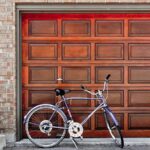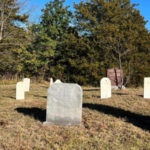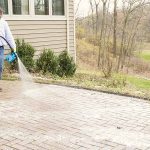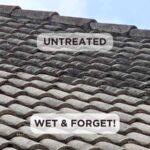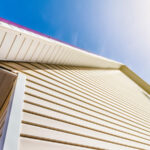How To Apply Wet & Forget In Your Region
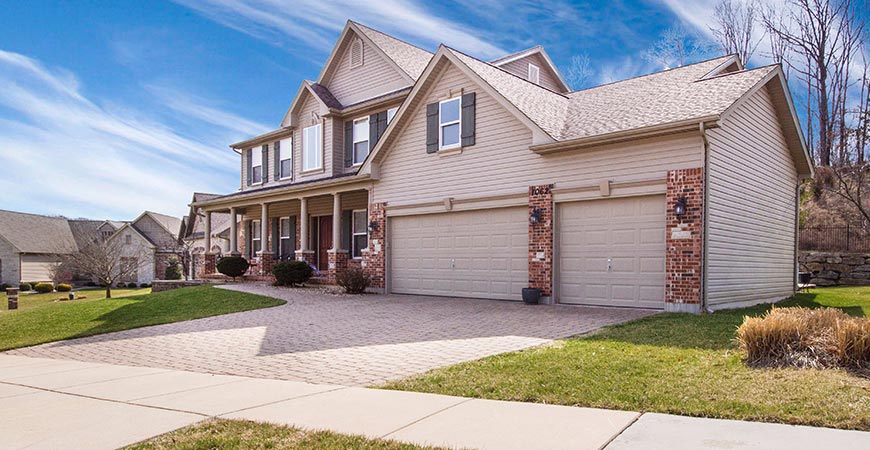
Application tips for the Wet & Forget Outdoor Concentrate and Wet & Forget Outdoor Hose End may vary slightly according to where you live.
See below for information on your area’s seasonal weather patterns, helpful application tips, and the best time to apply Wet & Forget Outdoor Concentrate and Wet & Forget Outdoor Hose End.
What weather conditions are best to apply Wet & Forget Outdoor?
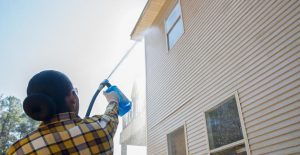
Northern and Midwest climates
In the northern and midwestern states, Wet & Forget Outdoor works not only with the rain, but also with the snow to remove unsightly, moss, mold, mildew and algae from outdoor surfaces. In the cool fall months, be sure to apply the Wet & Forget Concentrate when it is above 32°F, and apply Wet & Forget Hose End when the temperature is above 55ºF.
If you’re using Wet & Forget in the summer months, make sure you complete your application in the early morning before the sun has a chance to heat up the surface. Wet & Forget Outdoor will keep your exterior surfaces clean for up to 1-3 years in these areas.
Southern states
In the humid South and along coastal areas, mold and mildew growth can reoccur faster. The residual effects of Wet & Forget lasts double as long as most conventional cleaners.
In general, it’s best to apply Wet & Forget Outdoor Cleaner on a cool, cloudy or overcast day. It’s ideal to apply on a day below 80ºF, to limit product evaporation.
Apply Wet & Forget to dry surfaces on a day when moist conditions (rain, heavy mist, etc.) aren’t in the forecast. For roof applications, we recommend starting your spraying in the early morning so the sun doesn’t have a chance to heat up your roof before applying.
Avoid applying the product on a windy day as some of the product may drift away, making application and cleaning less effective.
How does the weather help Wet & Forget Outdoor clean surfaces?
Wet & Forget Outdoor’s gentle and effective formula works with the precipitation that Mother Nature brings to removes moss, mold, mildew, and algae. Wet & Forget Outdoor and weather team up to lift ugly, stuck-on growths from outdoor surfaces, leaving your home clean and growth-free for up to one year, or longer.
Plus, Wet & Forget is non-acidic and contains no harmful bleach or phosphates.
How do I apply Wet & Forget Outdoor?
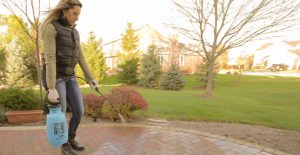
Wet & Forget Outdoor Concentrate works with a pump sprayer to remove unsightly moss, mold, mildew, algae and lichen** from easy-to-reach outdoor surfaces. Below are how-to instructions for Wet & Forget Outdoor Concentrate:
- First, clear the affected surface(s) of leaves and garden debris
- Mix Wet & Forget Outdoor Concentrate and water in a pump garden sprayer, in a 1 to 5 ratio. (1 part product to 5 parts water).
- Spray down your exterior surface with Wet & Forget. It’s best to apply then no rain is in the forecast and when the temperature remains above freezing.
- Walk away, and you’re done! This outdoor cleaner does all the work for you to remove ugly moss, mold, mildew and algae.
**When applying Wet & Forget to lichen, be sure to follow these instructions.
Wet & Forget Hose End comes with a sprayer to attach to your hose to apply to large outdoor surfaces and high elevations. Follow the simple instructions below to apply Wet & Forget Hose End.
- Remove any debris (leaves, twigs, etc.) from your outdoor surface
- Connect the Wet & Forget Hose End sprayer to your hose and attach the appropriate hose end tip for your cleaning job. (Jet Tip is best for high elevations. Fan Tip is ideal for large flat surfaces). Turn water spigot on.
- Twist the dial to the ‘WATER’ setting and rinse down nearby landscaping.
- Rotate the dial to the ‘ON’ setting and saturate the surface with the product
- Next, turn the dial back to the ‘WATER’ setting and give your landscaping a quick rinse.
- Turn the sprayer to the ‘OFF’ setting and your job is done! Mother Nature will do the rest of the work for you.
I have some product left over in the container. How should I store it?
If you have some leftover product after application, you may be wondering how to store it for future use. Wet & Forget Outdoor has an unlimited shelf life, so you can complete an application of Wet & Forget whenever it may be needed.
You can store any remaining Wet & Forget Outdoor Concentrate in your pump sprayer as the gentle formula won’t harm its working parts. To store Wet & Forget Hose End, make sure the dial is set to the “OFF” setting.
It’s best to store both Wet & Forget Outdoor Concentrate and Wet & Forget Hose End in a covered area where the temperature remains at room temperature. If you’re looking for an easy cleaning products, look no further than Wet & Forget.
***Check out our regional weather reference guide to find the best season to apply Wet & Forget in your area below.***
Average Weather in the Northeast
The Northeastern US summers consist of pleasant mild to warm temperatures. In July the average daytime temperatures range from the low 80s to the low 70s. In the southern, mid-Atlantic region, mid-summer daytime highs can climb into the upper 80s.
July is the wettest month of the year for New York City, Syracuse, NY and Burlington Vermont with rain averaging 4 inches. Northeast July and August nights cool down to lows in the 50s and 60s.
Extended periods of hot, humid weather occur in Northeast but usually dissipate when a cool front moves through, accompanied by thunderstorms. Daytime temperatures remain warm in August but begin to cool down toward September.
Winter often brings bitterly cold temperatures and many snowstorms throughout the Northeast. Temperatures can dip below 0°F over the winter months.
Average Weather in the Midwest
Midwest summers consist of warm temps with bouts of hot and humid conditions describe much of the Midwest. Similar to the Northeast, the Midwest experiences welcoming cool fronts that bring relief from heat and humidity.
In July and August, the average daytime highs are in the 80s except for areas near the Canadian border which read temperatures in the 70s. The Great Lakes bring cooler air to the coastal areas.
Nighttime lows dip into the 60s – in the 50s in northern areas. Summer storms moving north provide substantial rain accumulation.
The Midwest experiences the majority of rain in the summer. June is the wettest month in North Dakota with an average rainfall of 3.90 inches. Chicago experiences an average August rainfall of 4.90 inches.
Temperatures can soar into the 90s and even 100s in the Midwest. Also, dew point, which is a measure of moisture in the air, can rise into the 60s and 70s, creating humid, uncomfortable conditions.
In the winter months, the Midwest sees cold temperatures averaging in the 30s, dipping below 0°F occasionally. Lake effect snowstorms can also occur during these cold months.
Average Weather in the South
The Southern states experience hot, humid conditions. Moist air and high dew point readings are common which range from 60 to 70 percent. The moist, humid air can make it feel hotter than the temperature indicates.
July average daytime highs range in the 90s in Florida, Texas, and sections of the Carolinas. Northern sections of Georgia and Alabama experience highs in the 80s.
Nighttime lows in the 70s are common, although northern areas experience lows in the 60s.
Pop-up afternoon thunderstorms are common in Florida and areas near the Gulf of Mexico. Interestingly, the Florida peninsula experiences thunderstorms almost daily and usually around the same time each day.
In higher elevations, such as the Appalachians the daytime highs range in the low-to-mid 80s with nighttime temps in the 60s range. Regular heavy thunderstorms occur with plenty of rainfall.
Areas of the south experience an abundance of summer rain. In June New Orleans receives 8.06 inches, on average and Houston– an average of 593 inches. Atlanta receives the most rain in July with an average accumulation of 5.27 inches.
In the winter, temperatures can vary depending on which area of the South you are located in. Upper southern states temperatures are typically in the 40s, whereas in the lower southern states the temperatures stay in the 60s or 70s.

